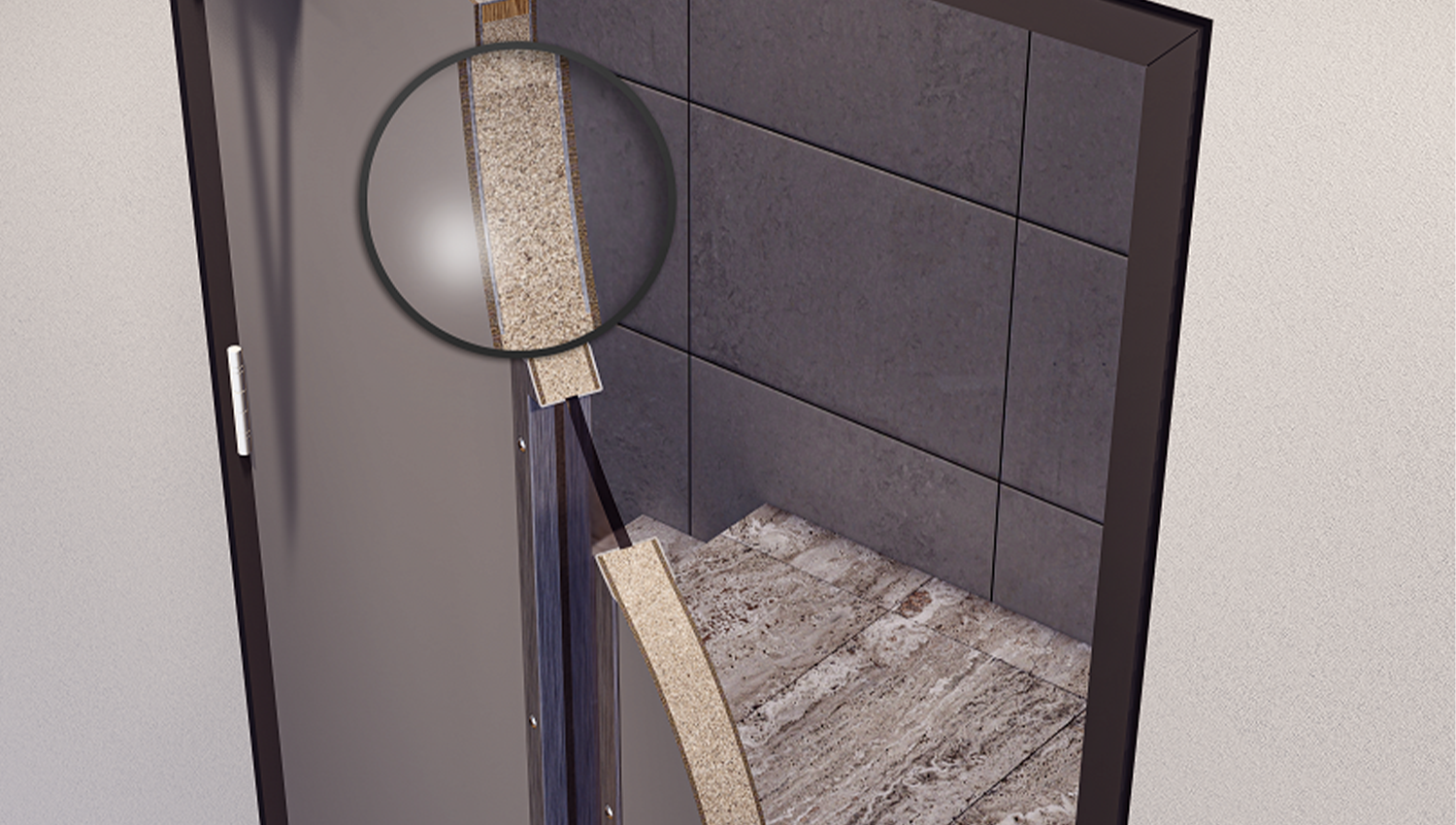
Acoustic performance is one of those invisible factors that defines how a space feels and functions. Whether it’s a collaborative workspace, consulting room, or quiet retreat, the way sound moves between areas can influence focus, privacy, and overall comfort. For many projects, the challenge isn’t just meeting code requirements—it’s achieving the right balance between aesthetic design intent and acoustic performance.
Rw, or Weighted Sound Reduction Index, is a measure of how effectively a building element—such as a wall, door, or glazing system—reduces airborne sound transmission. The higher the Rw value, the better the sound insulation.
Rw ratings are determined through laboratory testing and provide a single-number representation of performance across various frequencies. While useful for comparison, it’s important to remember that on-site performance can differ due to factors such as installation quality, surrounding structures, and detailing decisions.
Understanding what these numbers mean in practical terms helps transform specifications into tangible results. Here’s how typical Rw ratings relate to the experience of sound in everyday settings:

Specifying for sound control often comes with competing priorities. Visual continuity, glazing preferences, door configurations, and spatial flow must all coexist with the need for acoustic integrity. The smallest design details—like perimeter seals, threshold gaps, or frame connections—can have a noticeable impact on the final result.
This is where thoughtful product design and testing make the difference. Silencio acoustic systems by Criterion have been developed to bridge the gap between acoustic performance and architectural intent. The range includes doors, sliding systems, and cavity systems engineered to achieve high Rw ratings while maintaining visual consistency across interior environments.
Each Silencio product is tested under controlled conditions to verify its Rw performance, allowing designers to specify with confidence and achieve predictable results on-site. The systems are designed to integrate seamlessly within contemporary fitouts, ensuring performance doesn’t come at the expense of design freedom.

Sound influences more than acoustics—it shapes experience. In workplaces, excess noise undermines productivity. In education, it reduces concentration. In healthcare, it can affect recovery and comfort. Designing for sound control is therefore not just about meeting standards; it’s about creating spaces that support wellbeing and function as intended.
Understanding acoustic ratings empowers better decision-making, enabling every design element—walls, glazing, doors, and partitions—to work together as a unified system of performance.
Discover how Criterion’s Silencio Acoustic Range can help elevate the performance and comfort of your next project.
Have a specific acoustic challenge or project requirement in mind? Contact our team to discuss tailored solutions and technical support.

When we think of luxury homes, the focus often falls on architectural statement pieces – expansive glazing, bespoke joinery, or curated finishes...

Right now, specifying timber skirtings is popular – but when we look at the bigger picture, the environmental and performance realities tell a different story...

When it comes to commercial fitouts, safety and compliance are just as important as design and durability.